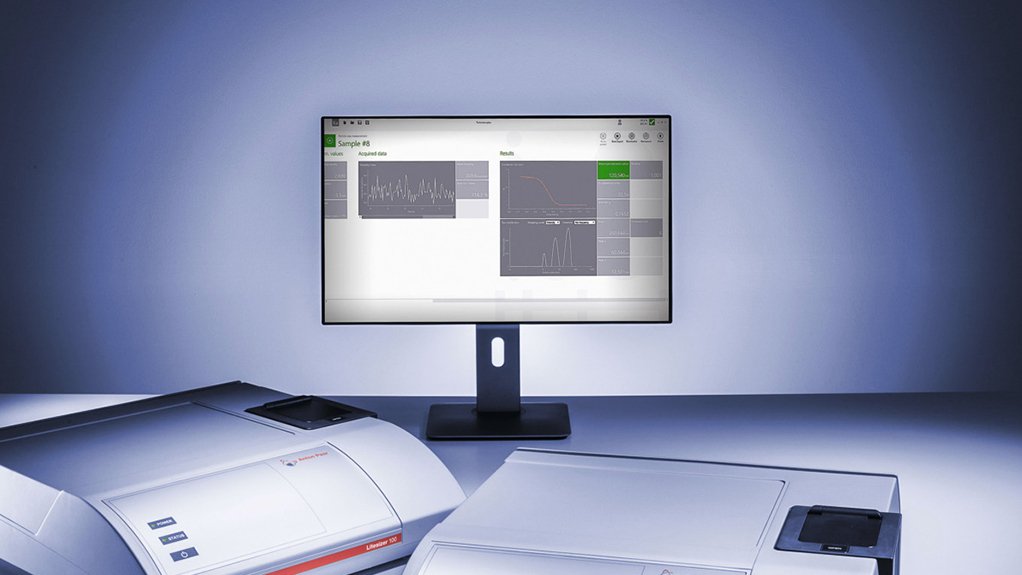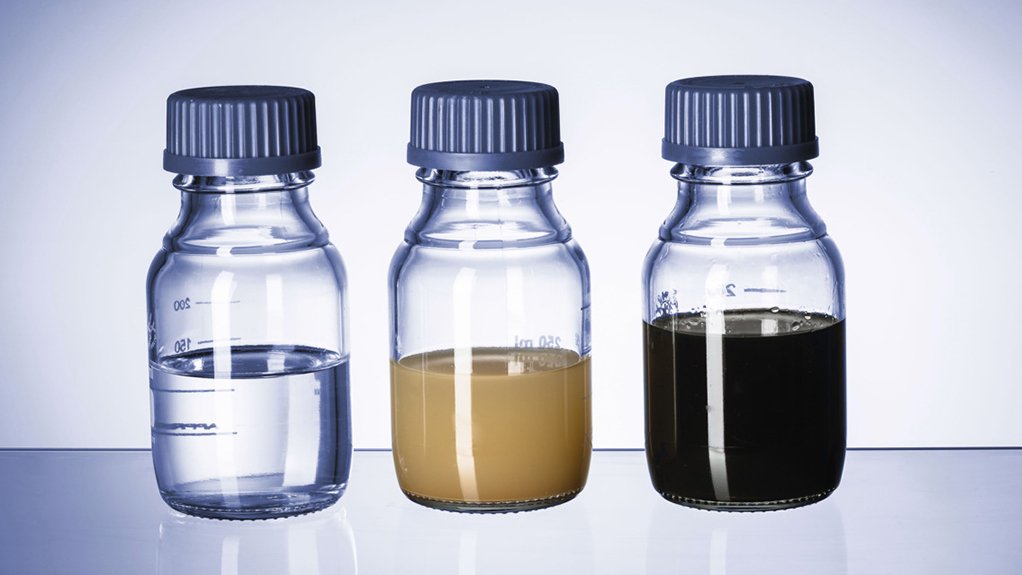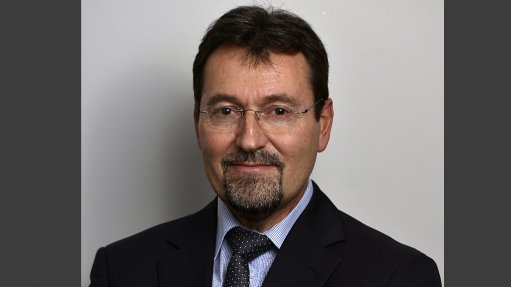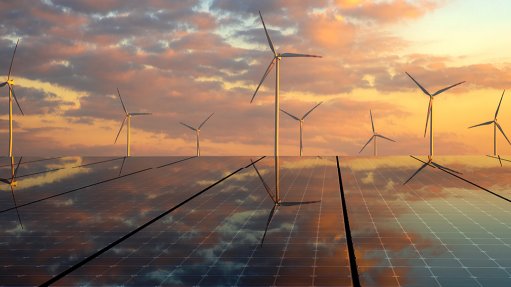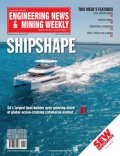Visualising wastewater coagulation
Knowledge about the stability of colloidal suspensions is of great importance in wastewater treatment, as clarification can only take place in unstable dispersions when coagulation of particles occurs. In this application report, coagulation of bentonite clay, provoked by supplementation with a clarifying agent was investigated using a Litesizer 500. The necessary amount of additive to achieve coagulation of a bentonite suspension was determined by measuring the zeta potential and particle size over added flocculant concentration. The “Dosing over volume” measurement mode in the Kalliope software could be used to set up an automated measurement workflow for this application.
Introduction
Water treatment is the goal-oriented change in water quality, which embraces removal of unwanted particles from the water as well as the addition of substances to adjust water parameters such as the pH value or conductivity. It is a process for purifying wastewater and returning it to the water cycle [1].
Wastewater contains particulate contamination, which needs to be removed. Each particle has charges distributed on its surface, either negative, positive or a mixture of both. Zeta potential reflects the magnitude of the particle surface charges in a suspension and, as such, is a key indicator of the stability of colloidal suspensions. The higher the absolute zeta potential is, the stronger the electrostatic repulsion between particles, and the more stable the suspension remains. Experience shows that an absolute zeta potential over 30 mV usually indicates good colloidal suspension stability (Figure 1).
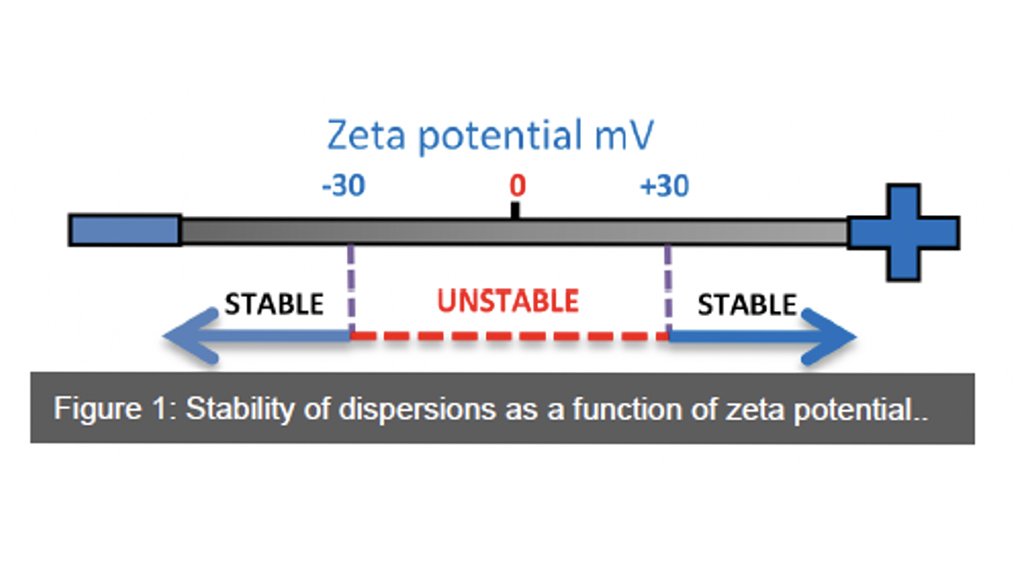
Conversely, a zeta potential magnitude inferior to 30 mV is considered indicative of a less stable colloid. In that case, electrostatic repulsion is weak, meaning that the attractive forces between particles may exceed this repulsion and the particles may aggregate.
This knowledge can be used for optimising wastewater treatment processes. Particulate matter in wastewater is mainly negatively charged, so adding cationic additives neutralises the net charge and lowers the zeta potential. This in turn favours the formation of large aggregates, which can then be easily removed by filtration, sedimentation or flotation. This process is known as coagulation, and the cationic additives used are termed coagulants[2]. Zeta potential measurements are commonly used to investigate which amount of coagulant is needed to clarify the wastewater[3].
An excellent model substance for negatively charged particles in wastewater is bentonite, an aluminum phyllosilicate clay with a plate-shaped nanoparticulate structure. A commonly-used coagulant in wastewater treatment plants is aluminum sulfate, or alum, a cationic additive with the formula Al2(SO4)3∙14H2O[2]. In the present application report we investigated the effect of alum supplementation to a bentonite nanoclay dispersion by performing DLS and ELS measurements.
Download the Visualising wastewater coagulation application report for free, and find out more on what was the experimental setup, what results were achieved and the discussion around these results, as well as what the researcher’s overall conclusion was.
If you are interested in a free demo, contact Anton Paar Southern Africa on 010 443 0950 or email one of the following branches:
Johannesburg branch:
Preshnie Naidoo – Product Manager for Particle Characterisation
Preshnie.naidoo@anton-paar.com
Durban branch:
Theolyn Pillay – Sales Specialist for Characterisation
Cape Town branch:
Varsha Ramdeen – Product Manager for Surface Area and Pores
Comments
Press Office
Announcements
What's On
Subscribe to improve your user experience...
Option 1 (equivalent of R125 a month):
Receive a weekly copy of Creamer Media's Engineering News & Mining Weekly magazine
(print copy for those in South Africa and e-magazine for those outside of South Africa)
Receive daily email newsletters
Access to full search results
Access archive of magazine back copies
Access to Projects in Progress
Access to ONE Research Report of your choice in PDF format
Option 2 (equivalent of R375 a month):
All benefits from Option 1
PLUS
Access to Creamer Media's Research Channel Africa for ALL Research Reports, in PDF format, on various industrial and mining sectors
including Electricity; Water; Energy Transition; Hydrogen; Roads, Rail and Ports; Coal; Gold; Platinum; Battery Metals; etc.
Already a subscriber?
Forgotten your password?
Receive weekly copy of Creamer Media's Engineering News & Mining Weekly magazine (print copy for those in South Africa and e-magazine for those outside of South Africa)
➕
Recieve daily email newsletters
➕
Access to full search results
➕
Access archive of magazine back copies
➕
Access to Projects in Progress
➕
Access to ONE Research Report of your choice in PDF format
RESEARCH CHANNEL AFRICA
R4500 (equivalent of R375 a month)
SUBSCRIBEAll benefits from Option 1
➕
Access to Creamer Media's Research Channel Africa for ALL Research Reports on various industrial and mining sectors, in PDF format, including on:
Electricity
➕
Water
➕
Energy Transition
➕
Hydrogen
➕
Roads, Rail and Ports
➕
Coal
➕
Gold
➕
Platinum
➕
Battery Metals
➕
etc.
Receive all benefits from Option 1 or Option 2 delivered to numerous people at your company
➕
Multiple User names and Passwords for simultaneous log-ins
➕
Intranet integration access to all in your organisation



